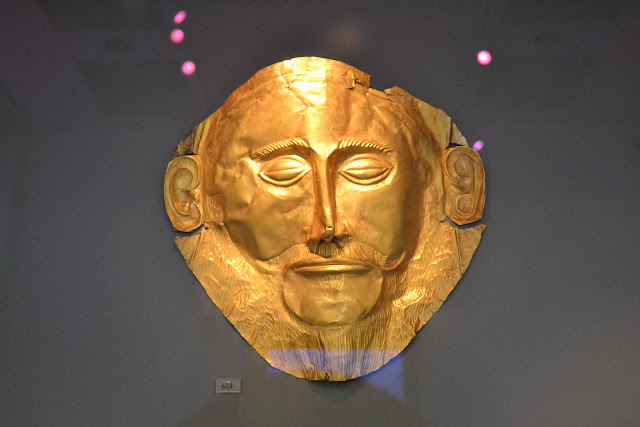Asian Dictator of Taste Visits the New Acropolis Museum
Of all the museums in Athens, the Acropolis Museum is definitely one of the most important and breathtaking museums, due to its architectural location, organization, design and of course the magnificent collections that it houses.
The Museum is located in the historic Makryianni district situated 300 meters south of the Acropolis. It is conveniently located next to the Acropolis Metro Station which makes it easily accessible by tourists. According to its pamphlet, the museum was founded to exhibit all the significant finds from the Sacred Rock and its foothills. It was designed by architect Bernard Tschumi with Michael Photiadis. One can say that the museum is still new and modern since it was inaugurated in the summer of 2009. It covers a total area of 25,000 square meters in which over 14,000 square meters is exhibition space. Through the transparent glass outer walls of the museum, one can have the visual link between the collections exhibited in the Museum and the monument from which they once originated. Located on the ground floor is the Gallery of the slopes of Acropolis. Moving to the first floor is the nine meter high “Archaic Gallery” which hosts magnificent sculptures such as the beautiful archaic korai (female sculptures). Another interesting architectural feature of the museum can be found at the third floor. This is also known as the Parthenon Gallery. It is a rectangular, solid concrete core that was built to the exact dimensions and orientation as the Parthenon. It was especially designed to receive and display the entire temple frieze. After the Parthenon Gallery, a visitor can return back to the first floor and continue the journey and see works from the Propylaia, the temple of Athena Niki and the Erechtheion. Finally, one can notice that the floors are mostly made of glass which matches the transparency of its walls. The very base of the museum also is transparent, making it appear as if the museum was floating. As the museum’s pamphlet notes, it is supported by more than 100 concrete pillars which provide an impressive shelter for the site’s archaeological excavation.
Compared to the other museums I visited here in Athens, I found this particular museum the most organized. Every corner of the museum is filled with workers who are really strict on regulating the museum’s rules and regulation. Although the museum is large, a lot of useful maps and signs guide every visitor to follow the right track until the very exit. This helps every visitor to understand and appreciate the collections better in an organized way. Lastly, I think the Greek government or the official in charge of this museum did a remarkable job since they were able to portray the grandeur of the Acropolis to the whole world. Who knows? The museum might earn back the other pieces from other museums world wide, such as the very well known Elgin Marbles.











